What are the Best Binoculars for Birding? 🙄
You can surf everything on the Internet and modern TV programs, but the real emotion of observing wild nature in its genuine conditions can be replaced by nothing. Admiring and peaceful bird-watching hobby demands from its fans to learn about the birds’ habitat in advance and be prepared with reliable optics not to miss long-hoped-for moments.
Why do we need binoculars for birding? 👍
Without exaggeration birdwatchers without a good pair feel like the blind. Quality binoculars can show fine details, and bright colors without shadows, not missing even small birds, enhancing chances to spot, recognize, and observe the beautiful creatures. Birds and nature watching need magnification of between 8x and 12x and a wide field of view. Lens diameter stands for how much light is in low light conditions. Taking the ratio of lens diameter to magnification gives the exit pupil size, which influences the brightness of the image in view.
Benefits 🔥
- ➡️ Detailed Observation: It magnifies the image of distant birds, enabling bird watchers to observe them in greater detail. They make it possible to study birds’ plumage, and behavior, and identify features from a distance.
- ➡️ Distance Maintenance: With it, birders can maintain a respectful distance from the birds without disturbing their natural behavior or habitat.
- ➡️ Enhanced Experience: They greatly enhance the bird-watching experience, transforming it from a passive activity into a dynamic exploration.
- ➡️ Easy Identification: They help in the accurate identification of birds. Some bird species can look very similar, and it can help distinguish subtle differences.
- ➡️ Portability: Many of them designed for bird watching are compact and lightweight, making them easy to carry on long walks or hikes.
- ➡️ Enjoyment of Nature: Apart from bird watching, they can also be used to enjoy the overall beauty of nature and wildlife.
Features ⭐
| ✅ Magnification: They usually offer 8x or 10x magnification, which is ideal for most birding scenarios. The right level of magnification provides a balance between image size and stability. |
| ✅ Objective Lens Diameter: The size of the objective lens impacts the amount of light that it can gather, which in turn affects image brightness and clarity. |
| ✅ Field of View: A wider field of view makes it easier to locate and follow birds, particularly if they’re moving quickly. |
| ✅ Close Focus Distance: This feature is crucial for bird watchers, as some birds can come quite close. Having it that can focus on nearby objects is a big advantage. |
| ✅ Durability and Weather Resistance: Good of them are often waterproof and fog-proof, with a robust build to withstand outdoor conditions. |
| ✅ Eye Relief: Longer eye relief is important for bird watchers who wear glasses. This allows them to see the full field of view without removing their glasses. |
| ✅ Quality of Prisms and Lenses: High-quality prisms and multi-coated lenses can significantly enhance the clarity, brightness, and color fidelity of the viewed image. |
| ✅ Size and Weight: Compact and lightweight binoculars are often preferred for birding as they are easier to carry during long hours of observation. |
| ✅ Focus Type: Many of them feature a central focus wheel and a diopter adjustment to ensure both eyes can focus properly. This is crucial for clear, sharp images. |
Guide to Choosing Binoculars 💎
When it comes to selecting, considering factors such as budget, optics quality, and durability is an excellent starting point. However, for those unfamiliar with them, the abundance of numbers and technical terminology in optics can be perplexing. Let’s delve into these intricacies and shed some light on the subject.
Understanding the Numbers on Binoculars🔢
A standard pair for birdwatching typically features a number set, such as 8×42. These numbers provide valuable insights into your viewing experience. The first number (8×42) signifies the magnification power of the optics. In the case of 8×42, objects appear eight times closer than they would to the naked eye. The second number (8×42) indicates the diameter, measured in millimeters, of the objective lens. In this example, the objective lens has a diameter of 42 mm. The objective lens serves as the outer lens that allows light to enter the binoculars. A larger objective lens diameter translates to a greater amount of light entering your field of view.
Choosing the Right Level of Zoom🔍
When it comes to selecting the ideal level of zoom for birding, it is recommended to opt for a magnification power between 6 and 12. Going below a power of 6 might result in inadequate zoom, while exceeding a power of 12 can amplify hand tremors, leading to an unsteady viewing experience. Therefore, it is advisable to stay within the range of 6 to 12 for optimal results.
Determining the Appropriate Objective Lens Size✔️
While an excessively large objective lens may seem enticing for low-light conditions, it can contribute to the bulk and unwieldiness. If you prefer lightweight options, consider an objective lens size of around 25 mm. For enhanced light-gathering capabilities, aim for a range of 42 mm. It is generally advised not to exceed 50 mm, as this can result in excessively heavy and cumbersome. An intermediate range of 32 to 36 mm often offers a good balance.
Quick Summary for Binocular Selection 🚩
- 🔹Lightweight:
– 6×25 or 8×25 - 🔹Mediumweight:
– 6.5×32 or 8×32 or 10×30 - 🔹Recommended Size:
– 8×42 or 10×42 - 🔹Large:
– 11×45 or 12×56
By familiarizing yourself with these specifications, you can make an informed decision when selecting one that suits your needs. Remember to consider your preferences for weight, zoom level, and objective lens size to enhance your birding experience.
Best Binoculars for Birding Review | Best Birding Binoculars | Best Birding Binoculars for Money
1# Vortex Crossfire HD 12x50mm Roof Prism Binoculars
They are HD Optical Systems with 12x zoom, and 50-mm lens diameter, and Roof Prism. Vortex developed binoculars with adjustable eyecups, this pair is compatible with tripods, providing free hands viewing. The CF-4314 has a rubber-armored body, equipped with fully multi-coated lenses, ensuring high light transmission, anti-reflective properties, and effective color accuracy. Due to the non-slip rubber armor grip, the inner details are protected in rainy weather.
2# Zeiss Victory SF 10x42mm Schmidt-Pechan Binoculars
The Zeiss Victory SF Binoculars offer a host of benefits that will enhance your outdoor experiences. Featuring an ultra-FL lens and a Schmidt-Pechan prism system, they deliver an outstanding 92% light transmission rate, ensuring clear and bright images even in low-light conditions. Whether you’re bird-watching or exploring the great outdoors, you won’t miss a single detail.
One of the standout features is their wide-angle field of view. This allows you to quickly and effortlessly locate your target, ensuring you never miss a moment. Plus, the ErgoBalance concept, is designed to provide maximum comfort. Lightweight materials and high-traction armor make them easy to hold for extended periods without causing strain on your neck and shoulders.
They are built to withstand even the harshest conditions, so you can take them on your wildest adventures without worry. The waterproof and fog-resistant design ensures reliable performance in any weather.
3# Carson 3D 10x42mm Roof Prism Waterproof Birding Binoculars
Immerse yourself in the captivating world of birding with the Carson 3D Binoculars. Featuring advanced 3D/ED technology, they provide unparalleled image quality. The dielectric prism coatings and ED glass ensure the brightest and clearest images, allowing you to see every detail with precision. Say goodbye to chromatic aberration and hello to a truly immersive birding experience.
Durability is key when it comes to outdoor gear, and it delivers. With their waterproof and fog-proof design, they can withstand any weather condition, ensuring they remain in perfect working order. The rubberized armor provides shock resistance, making them a reliable choice for rugged terrains.
Comfort is also a priority. It features extra-long eye relief and twist-down eyecups, accommodating users with glasses for a comfortable viewing experience.
4# Leica 10×42 Trinovid HD Binoculars
It offers exceptional optical performance, delivering bright and high-contrast images that bring every detail to life. Whether you’re bird-watching, hiking, or observing wildlife, these binoculars will immerse you in the beauty of your surroundings.
Featuring a compact and lightweight design, they are easy to carry and handle, making them perfect for extended outdoor excursions. The rugged rubber armoring not only provides durability but also ensures a secure grip, even in wet conditions.
With a magnification of 10x and a 42mm objective lens diameter, it offers a wide field of view and excellent low-light performance. You’ll be able to spot distant subjects with ease and enjoy sharp, clear images in various lighting conditions.
Leica is renowned for its precision engineering and attention to detail, and these variants are no exception. They are built to withstand the elements with their waterproof construction, allowing you to explore without worrying about damage.
5# Nikon Monarch 7 10x42mm Roof Prism ATB Binoculars
The Nikon Monarch 7 Binoculars feature ED glass (Extra-low Dispersion glass) with a dielectric high-reflective multilayer prism coating, delivering crystal-clear, true-color images with sharpness and brightness that will leave you in awe. Whether you’re birdwatching, hiking, or exploring the great outdoors, it will enhance your viewing experience.
With a wide apparent field of view and a powerful 10x magnification, it allows you to observe distant subjects with incredible detail. The 42mm objective lenses gather ample light, ensuring clear images even in low-light conditions.
Designed for comfort and durability, it features a sleek, ergonomic design. The high eyepoint design provides a clear field of view, even for eyeglass wearers. This is also waterproof and fog-proof, making them suitable for any weather conditions.
6# Zeiss Terra ED Pocket 8x25mm Schmidt-Pechan Binoculars
It is assembled in China, the lenses are made from German Schott glass, which features a hydrophobic multi-coating to guarantee optics accuracy. Pocket Schmidt-Pechan Binoculars (8x25mm) are designed from watertight glass fiber reinforced casing, making them compact, lightweight, and ready for harsh weather conditions. This ergonomic variant with a smooth wheel, which is convenient to grip and quickly focus on targets.
7# Steiner HX Series 10x42mm Roof Prism Binoculars
They are outfitted with impact- and hush weather-resistant, easy-to-grip (if it’s wet as well) rubber-armored polycarbonate casing and the central focusing wheel on it, allowing you to adjust promptly image sharpness. It is with Roof Prism, a new lens coating, and a wide field of view that enhances light transmission across the spectrum and helps observe surroundings fast at further ranges, giving crisp and bright images. Steiner optics are sealed by 14-psi pressurized dry nitrogen to provide precision viewing at any temperature – from Nordic cold to heat.
8# Hawke Sport Optics Frontier ED X 8x42mm Roof Prism Binocular
It ensures clear images due to the fully multi-coated ED glass, and high-resolution phase-corrected BAK-4 roof prisms, enhancing light reflectivity through dielectric coatings. Hawke Sport Optics Frontier features lightweight magnesium alloy chassis, coated in rubber to improve impact resistance and easy, reliable grip. Despite the lower magnification, the Hawke binos have less distortion due to shake which leads to an overall clearer and brighter image.
9# Sig Sauer Zulu 9 HDX 11x45mm Roof Prism Binoculars
Sig developed quality optics, combining HDX with a fully multi-coated Abbe-Koenig prism system to receive high brightness in any light conditions thanks to up to 95 % light transmission. They are designed in rugged magnesium casing with rubber armor of graphite color, equipped with multi-position twist-up eyecups, providing significant eye relief. They come with tethered objective lens covers, lens cloth, a neck and shoulder strap, and a padded ballistic nylon case.
10# Leupold BX-4 Pro Guide HD 8x32mm Binoculars
Experience the benefits of these high-performance binoculars that go beyond mere features. It offers crystal-clear optics and exceptional image quality, thanks to its advanced BAK 4 prisms. Whether you’re observing wildlife, exploring nature, or enjoying outdoor sports, these binoculars will bring your surroundings to life.
One of the key advantages is their compact size and lightweight design, weighing in at just 17 ounces. This makes them incredibly portable, allowing you to carry them effortlessly on any adventure. Additionally, they are 100% waterproof and fog proof, ensuring their durability even in challenging weather conditions.
Equipped with Leupold’s Twilight Max HD Light Management System, it provides you with unparalleled clarity and contrast. Say goodbye to glare and hello to vibrant, true-to-life images. The ergonomic design and user-friendly controls make them a breeze to use, even with gloved hands.
11# Vortex Vanquish 8x26mm Pirri Prism Compact Binoculars
They are designed with a sturdy casing, covered with rubber armor, and a secure diamond pattern grip. This variant includes a soft carrying case, rain guard, and a convenient neck strap. The 8×26 mm is lightweight with a single hinge and center focus wheel ensuring easy focus and comfortable utilization. The proven to reverse Porro prism design and fully multi-coated lenses of the Vortex provide clear and sharp views.
12# Carson 8x32mm 3D Series Binocular (HD Optics)
The base consists of metal, covered with a non-slip texture on the rubber-plastic coating. Easy control is provided with the grooves under the thumbs, the large-diameter rubberized focuser wheel with comfy depressions. The eyepieces are retractable by 8 mm, having correction rings on them with strong corrugation. These binoculars transmit colors neutrally, their sensitivity is high in 80-85% of the field, and chrome is almost invisible throughout the field due to the ED glass.
13# Barska 7-15×35 Level Zoom Binoculars
Experience the freedom to zoom in and out with the variable 7-15x magnification range, allowing you to effortlessly scan a wide field of view and then zoom in for a closer look at your desired object. No detail will escape your sight! Designed with your comfort in mind, the Barska Level Zoom Binoculars feature a user-friendly zoom thumb-lever, conveniently located near the eye cups. Adjusting the magnification is a breeze, ensuring a smooth and precise viewing experience.
Thanks to its shock-absorbing rubber armor, they provide both protection for the optics and a comfortable, non-slip grip. You can confidently take them on your outdoor adventures without worrying about accidental slips or damage.
The fully multi-coated optics deliver crystal-clear images with exceptional clarity and brightness. Every detail will be sharp and vibrant, allowing you to immerse yourself in the beauty of your surroundings. With its compact and lightweight design, they are easy to carry and store. They come complete with a soft carrying case, neck strap, and lens cloth for added convenience and protection.
The Role of Binoculars in Bird Identification 🦅
They play a crucial role in bird identification by significantly enhancing the viewing experience and allowing for detailed observation of birds. Here are some of the ways they contribute to bird identification:
- ⭐Closer View: It provides a magnified view of birds, allowing birders to study them from a safe distance. This is particularly useful for identifying birds that are far away or high up in the trees.
- ⭐Detail Observation: Through it, bird watchers can discern finer details of a bird’s appearance such as plumage color and pattern, the shape and color of beak and claws, or distinguishing features like crests or tail feathers. These details are often key to correctly identifying a species.
- ⭐Behavioral Observation: They allow birders to observe the behavior of birds up close. Mating rituals, feeding habits, flight patterns, and social behaviors can often provide essential clues to a bird’s identity.
- ⭐Field Marks Identification: Field marks such as the color of the eyes, the shape of the wings, or distinctive markings on the body are crucial to identifying bird species. With it, birders can spot these field marks easily, even on small or distant birds.
- ⭐Differentiating Similar Species: Some bird species can look very similar to the unaided eye, and it’s only through careful observation of it that they can be correctly identified. For example, distinguishing between different types of sparrows or hawks often requires close observation.
- ⭐Studying Birds in Flight: Identifying birds in flight can be particularly challenging. This can help birders to study the size, shape, and flight pattern of birds, as well as observe any distinctive markings that might be visible only when a bird is in flight.
- ⭐Safe Observation: They allow bird watchers to maintain a respectful distance, causing minimal disturbance to the birds. This is not only ethically important but can also lead to more accurate identification, as birds are more likely to exhibit natural behaviors when they’re not disturbed.
They are an essential tool in bird watching, facilitating detailed observation and accurate identification of birds. The right pair of binoculars can greatly enhance the bird-watching experience and increase the chances of correctly identifying a wide range of species.
FAQ 📚
Conclusion 😎
There are some milestones in the binoculars’ choosing process. First, determine the price range, affordable for you. Premium variants ensure a pristine image and long-lasting comfortable operation. There are many reliable mid-range binos as well: Bushnell, Leupold, Nikon, Carson, and Celestron. If you want optics with variable magnification, Barska designed such #15 Porro Prism (7-15x). Anyway, it is better to test different models: pick a suitable magnification, check the eye relief, and pay attention to crisp images, and bright and true colors. Agree that warranties are never odd as well.
Best Picks
- Zeiss Victory SF 10x42mm Schmidt-Pechan Binoculars are designed with a wide-angle field of view, allowing viewers to locate a target promptly without missing an important moment. There is no eye fatigue after long bird observation.
- Nikon Monarch 7 10x42mm Roof Prism ATB Binoculars. They are equipped with extra-low dispersion (ED) glass, compensating chromatic aberration and ensuring much brighter and clearer images for an affordable price.
Budget Picks
- Carson 3D 10x42mm Roof Prism Waterproof Birding Binoculars. They are outfitted with well-done texturing shock-proof rubberized armor, fully multi-coated lenses, and phase-corrected BAK-4 Prisms with enhanced resolution, ensuring dim-light viewing.
- Vortex Vanquish 8x26mm Pirri Prism Compact Binoculars – offers very compact and almost cheap variants with a sturdy casing, secure diamond pattern grip, comfortable center focus wheel, adjustable eyecups, clear diopter, and lifetime warranty.
#Binoculars for Birding #TOP-15 Binoculars for Birding #Best Birding Binoculars #Best Birding Binoculars for Money #Binoculars for Birding
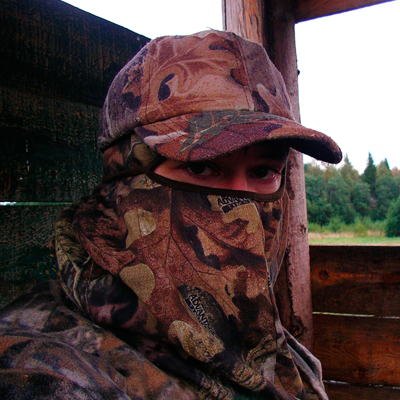
Tactical accessories are another passion of mine that I could write about endlessly - my house and garage are full of tactical gadgets, luckily my family shares my interests.
I'm infatuated with traveling that's why work at one place with a daily routine and standard schedule is not for me. I prefer copywriting and English tutoring as a freelancer. I live in a male family among constant talks about cars, guns, hunting, fishing, and, of course, dinosaurs 😊.
My husband is an obsessed hunter, and my two sons are fans of «Demolition Ranch» of YouTube blogger Matt Carriker. They are my best consultants about weapon and all-around ammunition topics. All together we share a love for adventures. Every camping or mounting hiking trip is a "small survival", giving irreplaceable experiences. Nothing can be better than the satisfaction of observing wild nature.
Motto: «Born in Ukraine, made is the USA».
Read more about our team of expert authors.
Affiliate Disclosure: Rotorm.com sometimes gets paid for listings, through sponsors or affiliate programs like Amazon, Optics Planet, Lucky Gunner, Brownells, Cabelas, Rainier Arms, 5.11 Tactical, Bass Pro Shop, etс. Clicking a link helps keep Rotorm.com free, at no extra cost to you!
About the author: Each article on our site is written by experts in survival and tactical equipment, gun enthusiasts, extreme travelers, military, law enforcement and desperate professionals, read about the author at the bottom of the article or visit "About Us" page.
Note: The views and opinions expressed in this article are those of the authors and do not necessarily reflect the official policy or position of any agency.

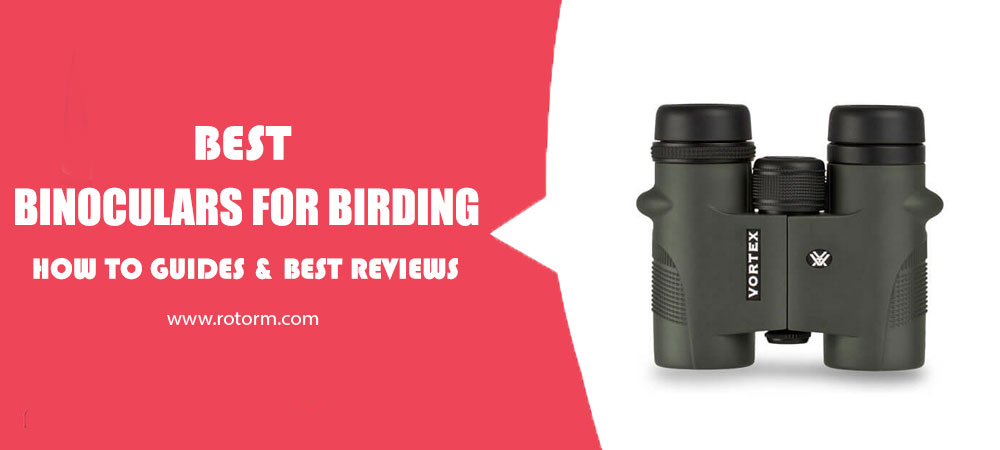
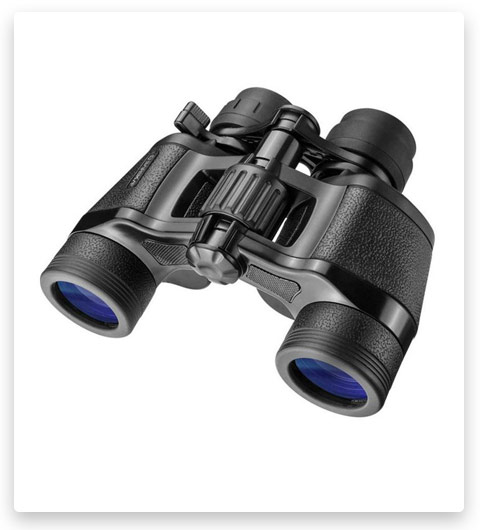
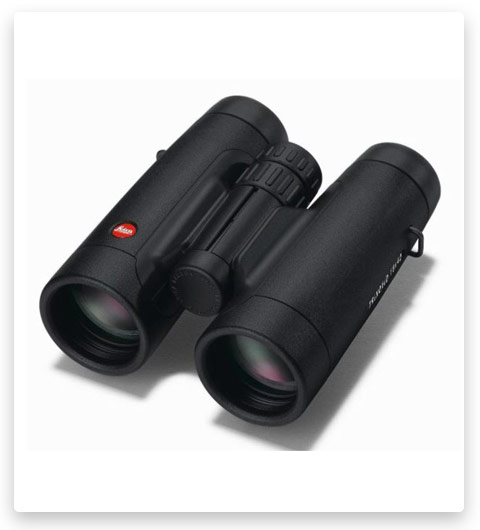
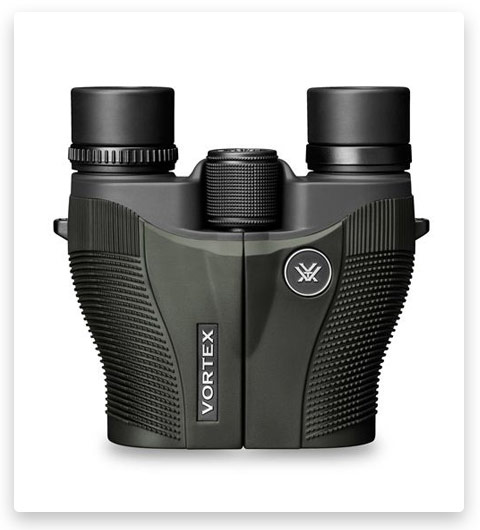


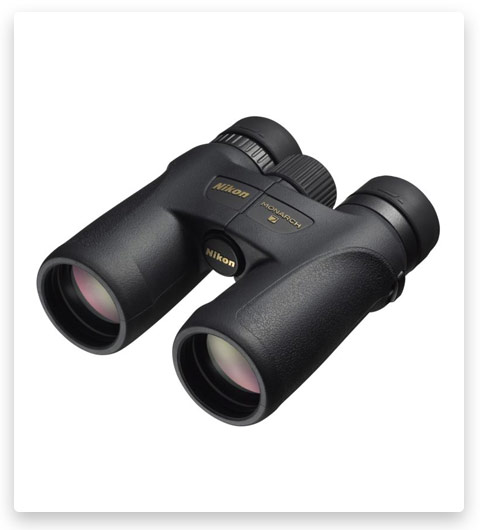
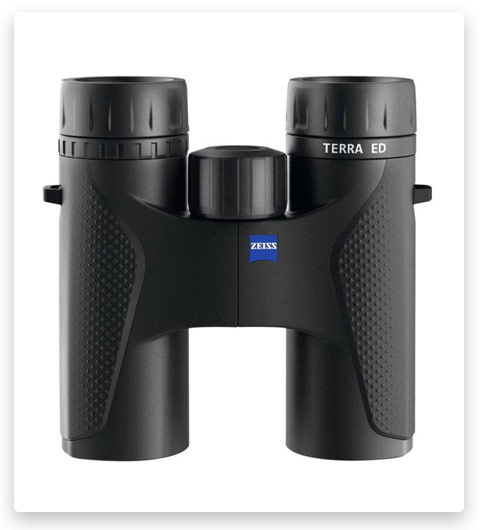

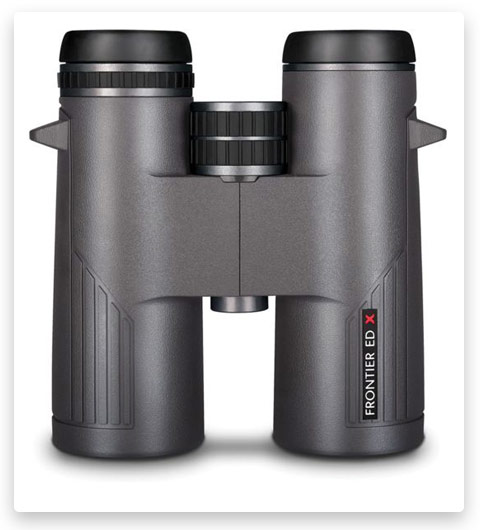
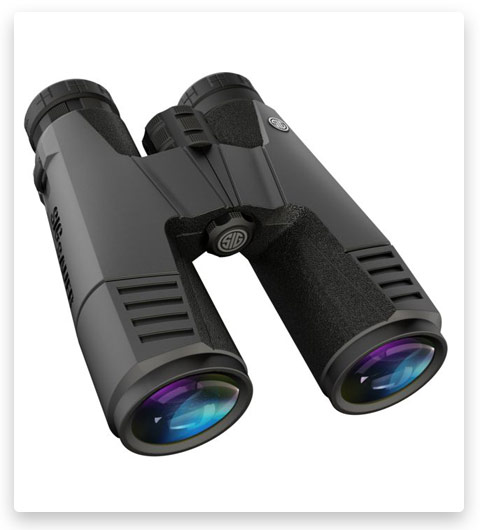

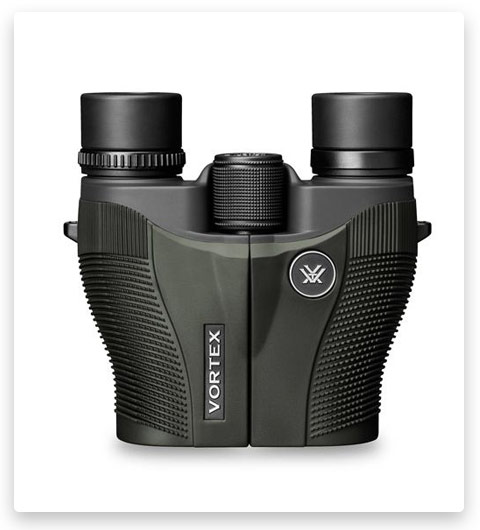
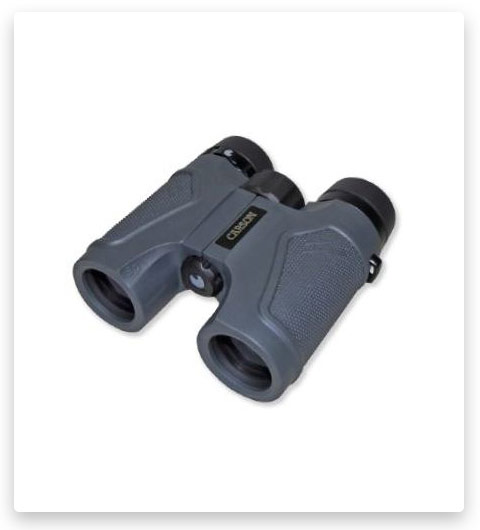
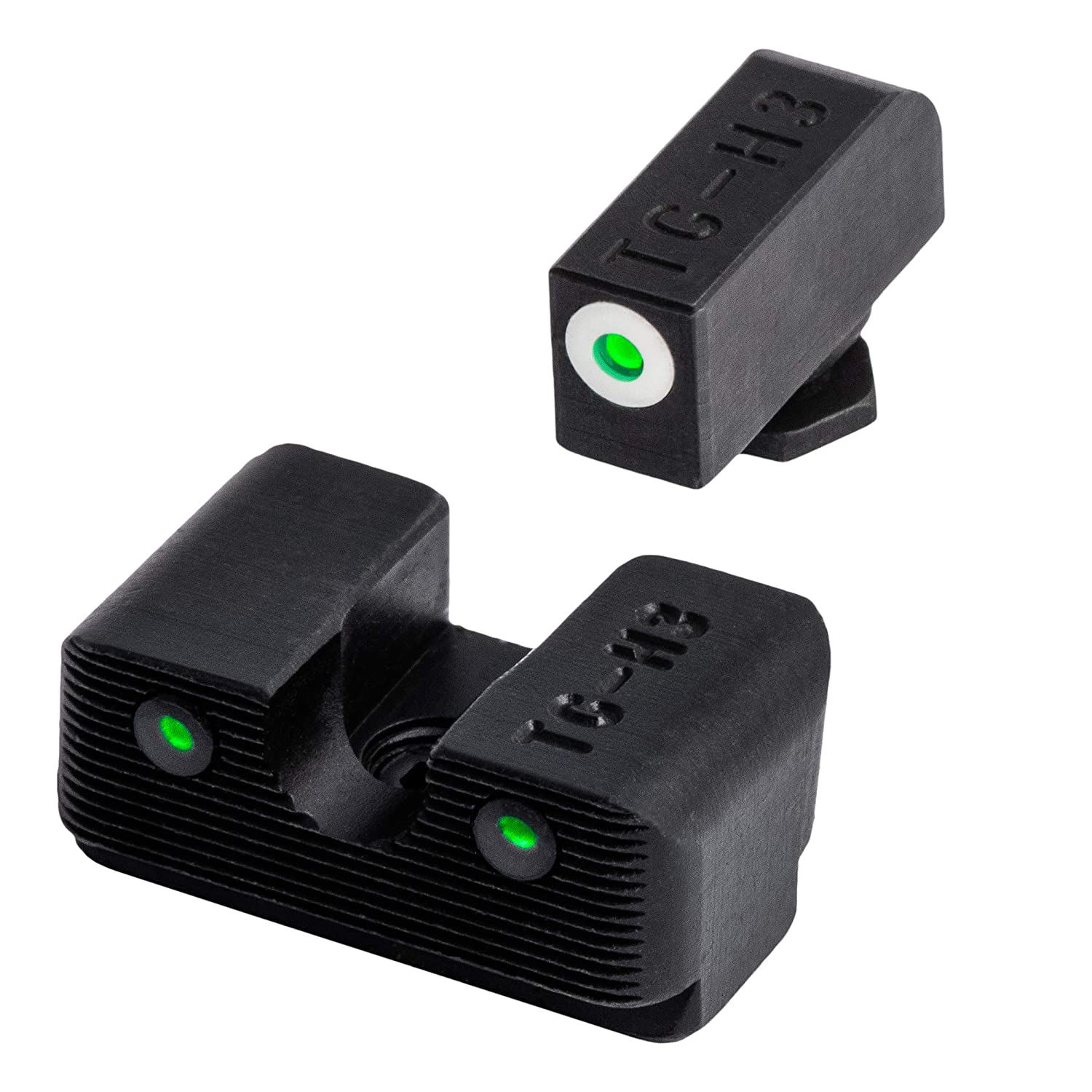
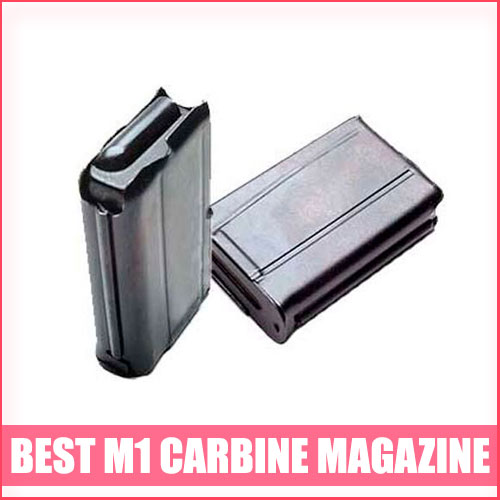
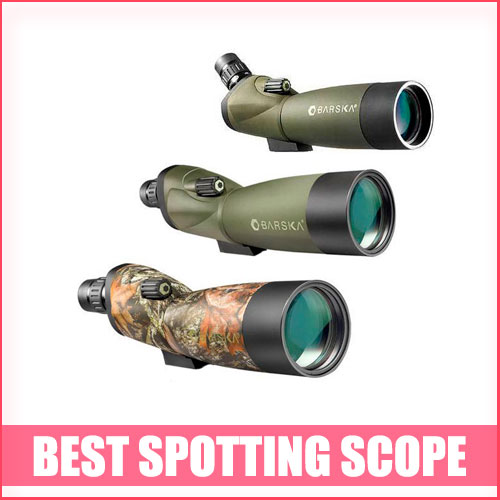

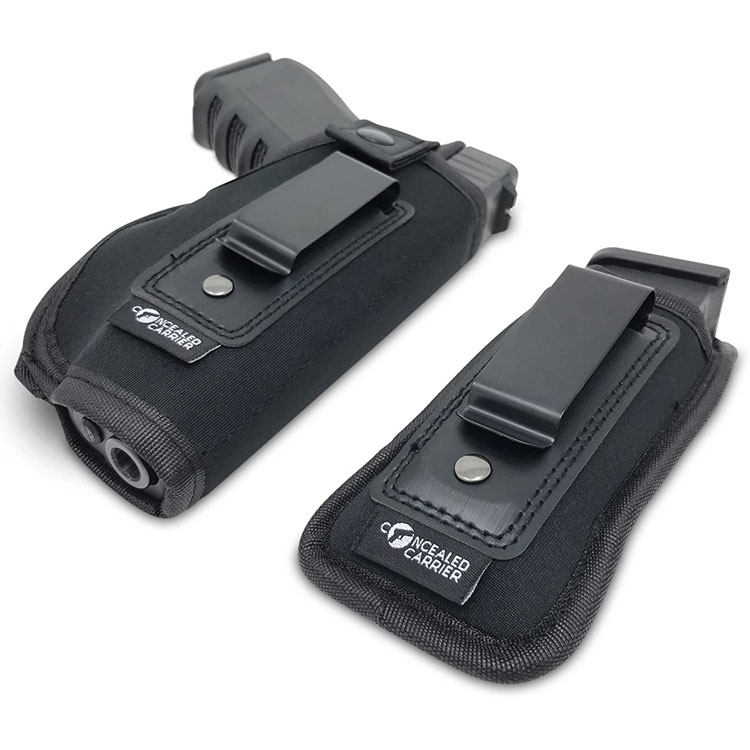
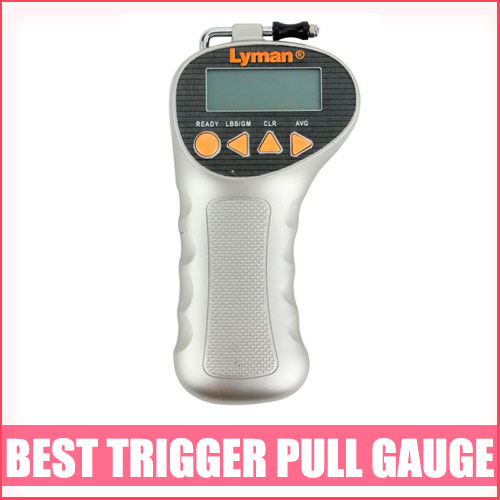
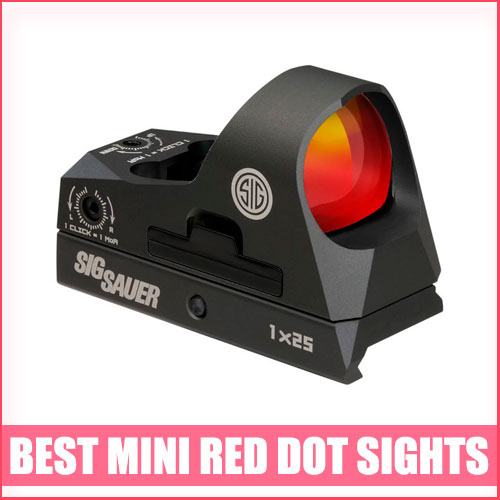
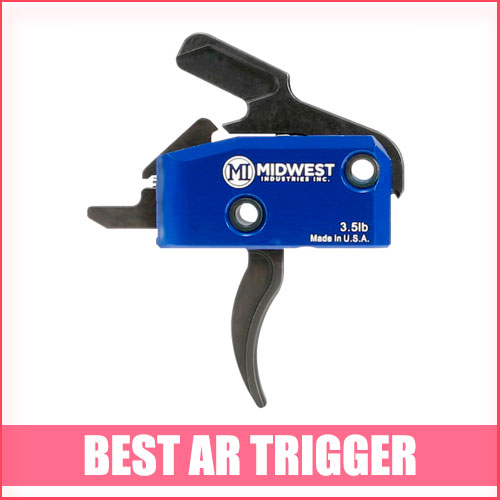
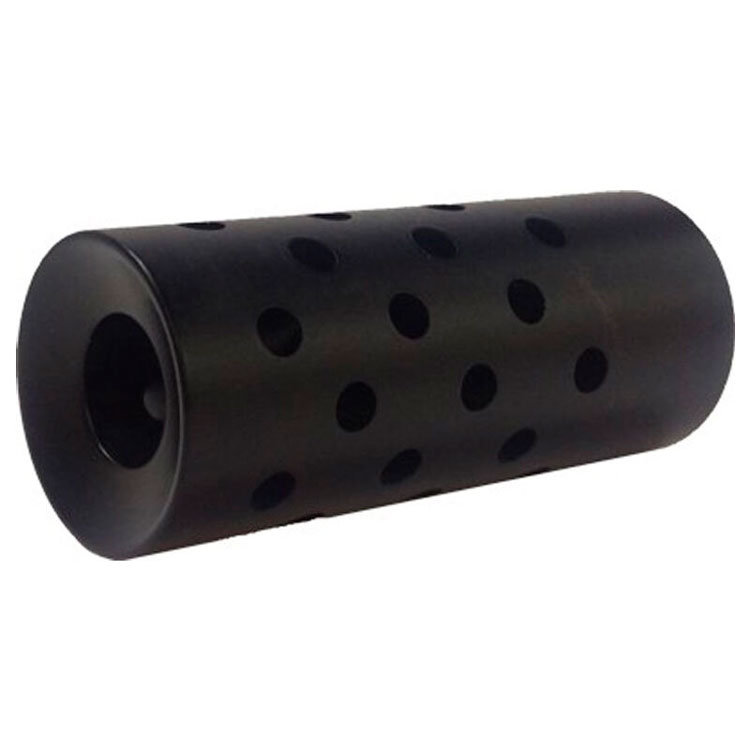
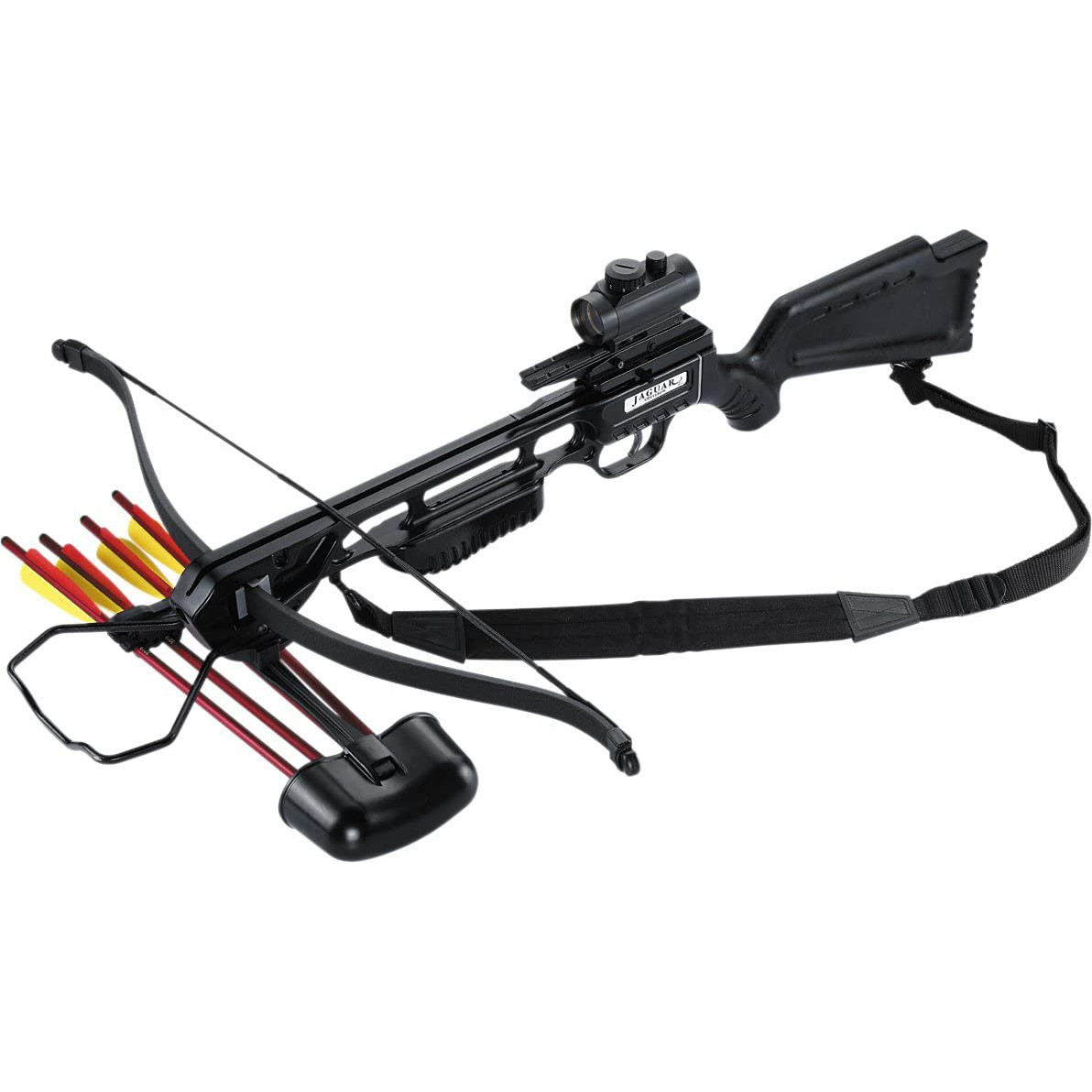
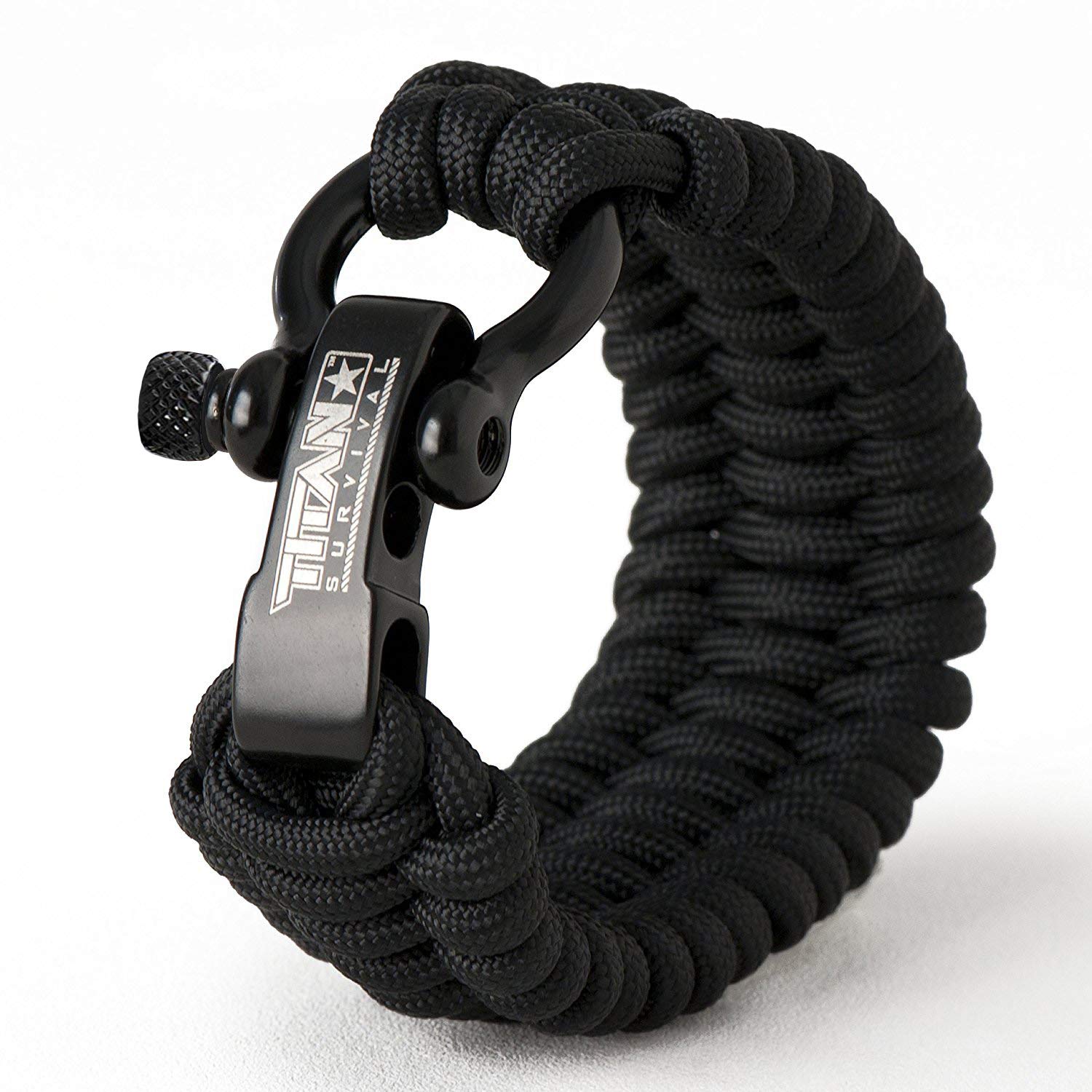
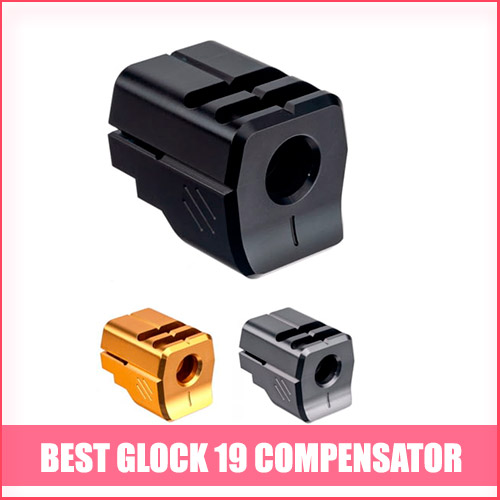
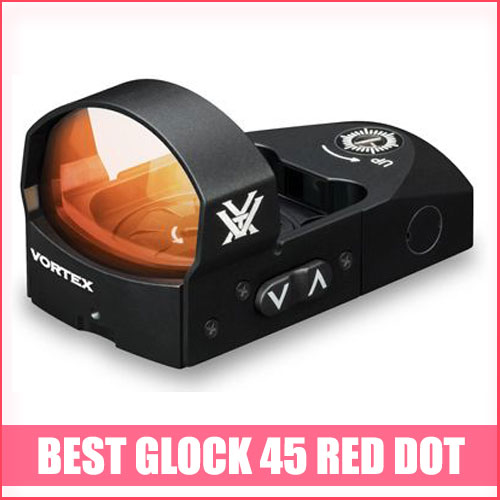
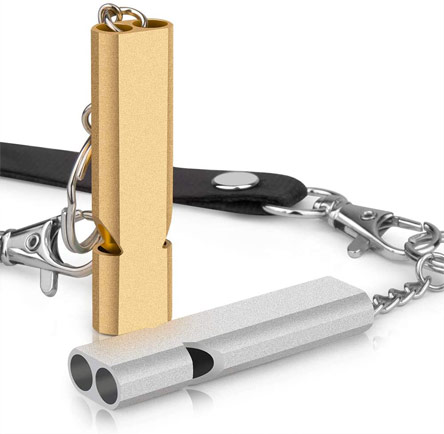
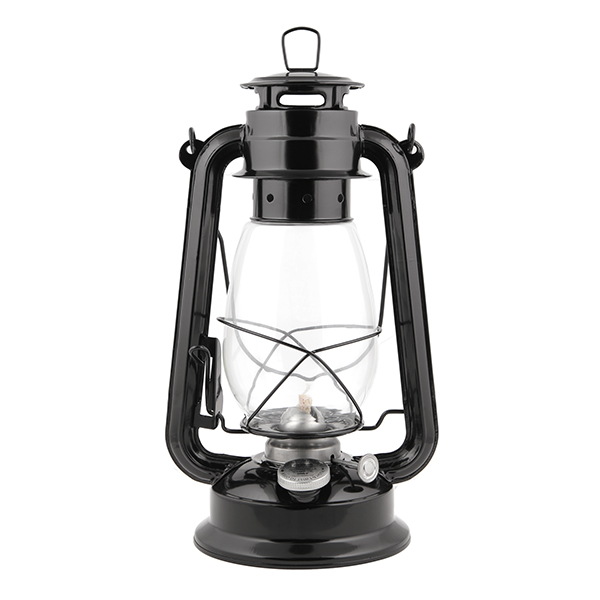
I’ve been using the Carson 3D 10x42mm and they’re fantastic. The images are clear and bright. However, I’m curious about the advanced 3D/ED technology. Can anyone explain how this enhances the bird-watching experience?
✔️Carson’s advanced 3D/ED technology refers to their use of advanced optics and materials to enhance the bird-watching experience. Let’s break down the key elements and how they contribute to improved image quality:
➡️The combination of 3D technology and ED glass in the Carson 3D 10x42mm can greatly enhance the bird-watching experience. The 3D effect adds depth and realism to the observed scene, making it feel more immersive. It can also help with depth perception, aiding in judging distances accurately.
👍Additionally, the use of ED glass reduces chromatic aberration, resulting in clearer, more vibrant images that allow you to appreciate the fine details of birds and their surroundings. Overall, these advanced features contribute to a more enjoyable and visually rewarding bird-watching experience.
I bought the Barska 7-15×3 recently and I’m happy with the image clarity and ease of use. However, I noticed a warning about California’s Proposition 65 in the article. Can anyone shed some light on this?
☑️California’s Proposition 65, also known as the Safe Drinking Water and Toxic Enforcement Act of 1986, is a California law that requires businesses to provide warnings about potential exposure to chemicals that may cause cancer, birth defects, or other reproductive harm. The law applies to products sold in California, whether they are manufactured within the state or imported from elsewhere.
☑️The warning you encountered regarding Proposition 65 about the Barska 7-15×35 binoculars indicates that the product contains chemicals known to the State of California to cause cancer, birth defects, or other reproductive harm. It’s important to note that the warning is a requirement under Proposition 65, and it doesn’t necessarily mean that the product poses a significant risk.
☑️Manufacturers and businesses may include the warning on their products if any of the over 900 chemicals listed by the State of California are present, even if they are present in trace amounts. This can sometimes lead to warnings being placed on products that are unlikely to cause harm when used as intended.
☑️If you have concerns about the specific chemicals mentioned in the Proposition 65 warning, it’s advisable to reach out to Barska or the retailer from whom you purchased the binoculars. They should be able to provide you with more information about the chemicals in question and any associated risks.
☑️It’s worth noting that Proposition 65 warnings can be found on a wide range of products, including household items, food and beverages, furniture, and electronics. It is a proactive measure aimed at informing consumers about potential exposure to certain chemicals, allowing them to make informed decisions about their purchases and usage.
☑️If you reside outside of California, you may encounter these warnings less frequently, as they are primarily required for products sold within the state.
I’ve been using the Nikon Monarch 7 and I’m impressed with the image clarity and brightness. However, I’m curious about the dielectric high-reflective multilayer prism coating. Can anyone explain how this contributes to the image quality?
☀️The dielectric high-reflective multilayer prism coating in the Nikon Monarch 7 binoculars plays a significant role in enhancing image quality. This coating is applied to the roof prisms inside and helps improve light transmission, color accuracy, contrast, and overall image brightness.
Here’s a breakdown of how the dielectric prism coating contributes to image quality:
⭐In summary, the dielectric high-reflective multilayer prism coating in the Nikon Monarch 7 binoculars is designed to optimize light transmission, color accuracy, contrast, and image brightness. By reducing internal reflections and maximizing the amount of light that reaches your eyes, this coating enhances the overall viewing experience and ensures that you can enjoy clear, vibrant, and detailed images.
I’ve been using the Leupold BX-4 for a while now. The Twilight Max HD Light Management System truly enhances the viewing experience, especially during dawn and dusk
I’ve been using the Vortex Crossfire HD for a few months now and I must say, they’re worth every penny. The image clarity is amazing and they’re quite sturdy.
The article mentions that the Leica has ‘flawless color fidelity’. Can anyone explain what this means in practical terms?
😎When the article mentions that the Leica binoculars have “flawless color fidelity,” it refers to the ability to accurately reproduce colors without distortion or bias. In practical terms, flawless color fidelity means that the colors you observe through the Leica binoculars closely match the true colors of the observed scene or subject.
Here’s what flawless color fidelity implies and why it’s important:
👍Overall, flawless color fidelity in binoculars like the Leica indicates that the optics and coatings used are designed to minimize color distortion, ensure accurate color representation, and maintain natural color balance. By delivering true-to-life colors, these binoculars enable you to enjoy a more immersive and authentic viewing experience, appreciating the beauty of the world with enhanced visual accuracy.
I’m curious about the Barska 7-15×35 Level Zoom Binoculars. How does the zoom thumb-lever work? Is it easy to adjust while observing birds?
🔶They are designed with a zoom thumb-lever that allows you to adjust the magnification level smoothly and easily. The zoom thumb-lever is typically located near the center focus knob or on the bridge between the two barrels of the binoculars.
Here’s how the zoom thumb-lever works and its ease of use while observing birds:
🔷Ultimately, the ease of adjusting the zoom thumb-lever while observing birds may vary depending on your personal preferences and comfort. It’s recommended to handle the binoculars and test the zoom thumb levers operation to determine if it meets your specific needs and feels convenient for your style of birdwatching.